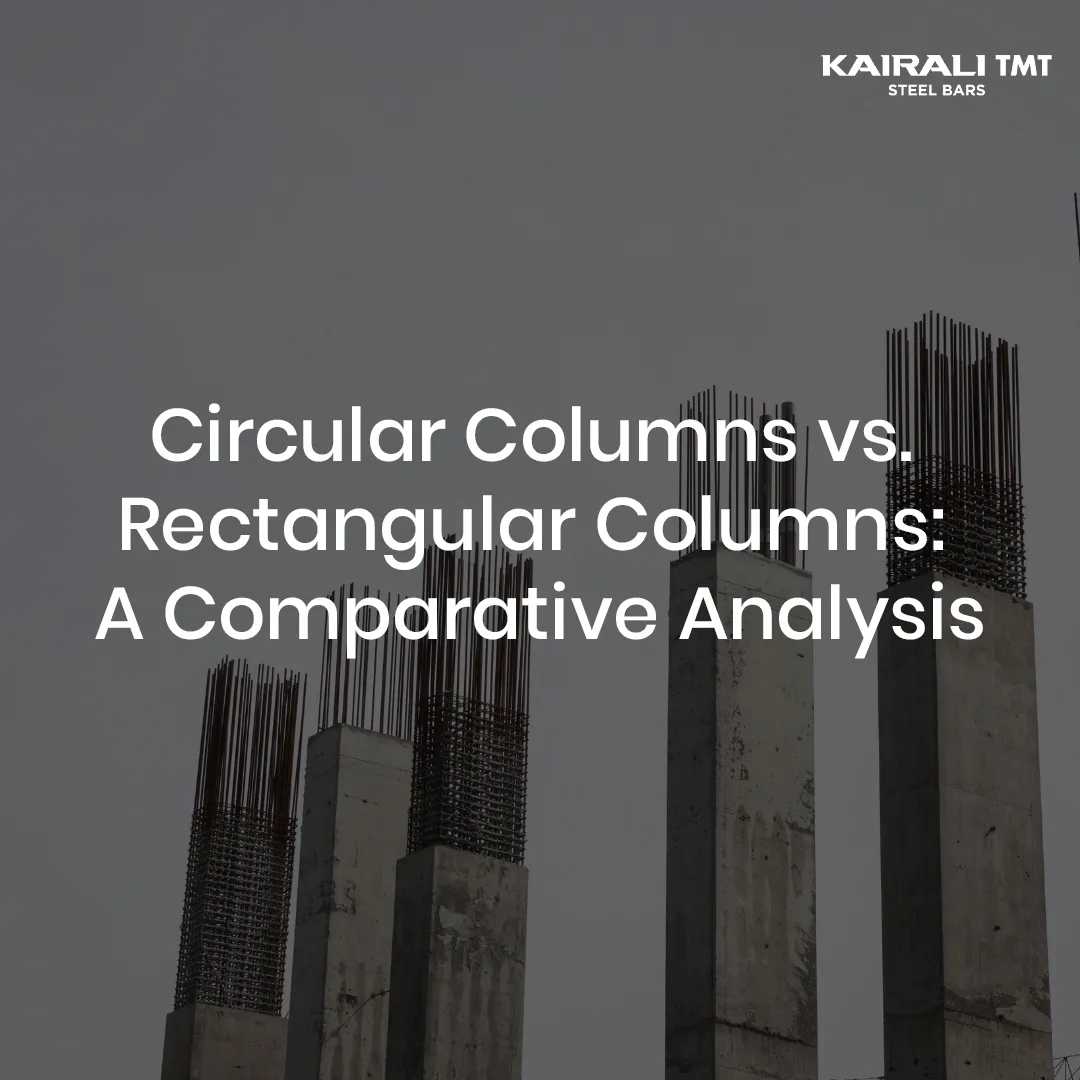The construction industry is rife with various technical terminologies.
One such term that often comes up in the context of concrete technology is ‘concrete bleeding.’
Do not worry, no blood is involved in this bleeding.
While it might sound like an alarming term, it is a common phenomenon that occurs during the concrete curing process.
So, what is concrete bleeding?
How does it happen?
What happens when it occurs?
How can we tackle it?
Let us see.
What Is Bleeding of Concrete?
Concrete bleeding, also known as water gain, is a process where water rises to the surface of freshly poured concrete.
It happens when the solid components of the mix (cement, sand, and aggregate) begin to settle down after the concrete has been placed, leaving excess mixing water to rise to the top.
This phenomenon is more prevalent in wet mixes, where the water-cement ratio is high.
Causes of Concrete Bleeding
- High Water-Cement Ratio: A high water-cement ratio increases the likelihood of bleeding as it provides more free water to segregate from the mix.
- Improper Aggregate Gradation: If the aggregate used in the mix is not properly graded, it can lead to increased bleeding. The absence of fine particles creates voids, allowing water to rise.
- Inadequate use of Admixtures: Certain admixtures, if not used correctly, can increase the rate of bleeding. For instance, air-entraining agents can create tiny air pockets in the mix, promoting water segregation.
Effects of Concrete Bleeding
The effects of concrete bleeding can be harmful to the overall quality of the concrete structure:
- Weakens Surface Layer: The excess water weakens the surface layer of the concrete, reducing its durability and resistance to abrasion.
- Promotes Scaling: Bleeding can lead to scaling, where the surface layer peels off, exposing the aggregate underneath.
- Creates Voids: As the water evaporates from the surface, it leaves behind pores and voids, reducing the strength of the concrete.
- Promotes Cracking: The differential settlement caused by bleeding can lead to the formation of cracks in the concrete structure.
Solutions for Concrete Bleeding
While concrete bleeding cannot be completely eliminated, it can be significantly reduced by employing various methods:
- Proper Mix Design: Ensuring a well-graded aggregate mix and an appropriate water-cement ratio can help minimize bleeding.
- Use of Admixtures: Certain admixtures, like viscosity modifying agents, can reduce the segregation of water and solid particles.
- Proper Curing: Implementing adequate curing methods can help control the rate of evaporation, reducing the likelihood of bleeding.
- Use of Supplementary Cementitious Materials (SCMs): SCMs such as fly ash or slag cement can help in reducing the bleed water by improving the particle packing of the cement paste.
Also read: 7 Advanced Construction Techniques
Conclusion
Understanding concrete bleeding and ways to tackle it is crucial in maintaining the quality and durability of concrete structures. By being aware of its causes and effects, you can take the necessary steps to mitigate its impact. While it is a common occurrence in concrete technology, with proper mix design, use of suitable admixtures, and effective curing methods, its adverse effects can be substantially minimized.


